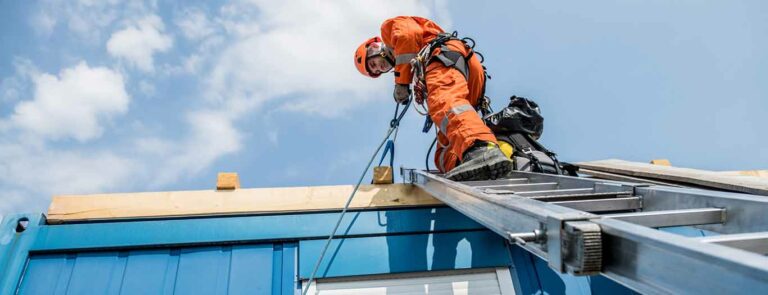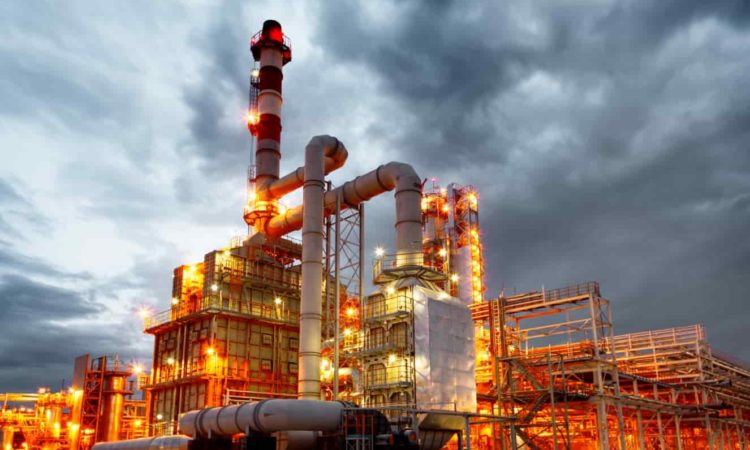Rumored Buzz on Roar Solutions
Rumored Buzz on Roar Solutions
Blog Article
Roar Solutions Things To Know Before You Buy
Table of ContentsRoar Solutions for BeginnersThe 6-Second Trick For Roar SolutionsTop Guidelines Of Roar Solutions
In order to safeguard setups from a possible surge a technique of analysing and classifying a possibly unsafe location is needed. The purpose of this is to guarantee the proper choice and setup of tools to inevitably prevent an explosion and to make sure safety and security of life.
(https://letterboxd.com/roarsolutions/)
No equipment needs to be mounted where the surface temperature level of the devices is above the ignition temperature level of the given threat. Below are some common dirt unsafe and their minimal ignition temperature. Coal Dust 380C 225C Polythene 420C (thaws) Methyl Cellulose 420C 320C Starch 460C 435C Flour 490C 340C Sugar 490C 460C Grain Dirt 510C 300C Phenolic Resin 530C > 450C Aluminium 590C > 450C PVC 700C > 450C Residue 810C 570C The chance of the threat being existing in a focus high enough to cause an ignition will certainly differ from location to place.
In order to categorize this danger a setup is divided into areas of danger depending upon the quantity of time the dangerous exists. These areas are described as Zones. For gases and vapours and dusts and fibers there are 3 zones. Zone 0 Area 20 A harmful ambience is very likely to be existing and might be present for extended periods of time (> 1000 hours each year) and even constantly Zone 1 Area 21 An unsafe ambience is feasible yet unlikely to be present for long periods of time (> 10 450 C [842 F] A classification of T6 means the minimum ignition temperature is > 85 C [185 F] Dangerous area electrical equipment perhaps designed for usage in greater ambient temperatures. This would suggested on the ranking plate e.g. EExe II C T3 Ta + 60C( This implies at 60C ambient T3 will not be surpassed) T1 T1, T2, T3, T4, T5, T6 T2 T2, T3, T4, T5, T6 T3 T3, T4, T5, T6 T4 T4, T5, T6 T5 T5, T6 T6 T6 A T Course ranking of T1 implies the maximum surface area temperature generated by the tool at 40 C is 450 C. Assuming the connected T Class and Temperature level rating for the tools are proper for the area, you can always make use of a tool with a much more stringent Department score than required for the area. There isn't a clear response to this inquiry. It really does rely on the kind of devices and what repairs require to be lugged out. Devices with particular examination procedures that can not be done in the area in order to achieve/maintain 3rd party ranking. Should return to the manufacturing facility if it is before the equipment's service. Area Repair Service By Authorised Personnel: Complex screening may not be called for however specific treatments may require to be followed in order for the devices to preserve its 3rd celebration ranking. Authorized employees should be employed to do the work appropriately Repair have to be a like for like substitute. New element must be thought about as a straight substitute needing no special testing of the tools after the repair service is full. Each tool with a dangerous score need to be assessed separately. These are described at a high level listed below, however for more thorough info, please refer directly to the standards.
The Only Guide to Roar Solutions
The equipment register is a comprehensive data source of tools documents that consists of a minimum collection of fields to determine each item's area, technical specifications, Ex lover category, age, and environmental information. This information is important for monitoring and managing the equipment effectively within unsafe locations. On the other hand, for regular or RBI sampling inspections, the quality will certainly be a mix of Detailed and Close evaluations. The ratio of In-depth to Close inspections will certainly be figured out by the Tools Risk, which is analyzed based upon ignition danger (the likelihood of a source of ignition versus the probability of a flammable ambience )and the dangerous area category
( Area 0, 1, or 2). This variation will likewise affect the resourcing needs for work preparation. When Great deals are defined, you can develop sampling strategies based on the sample size of each Lot, which describes the variety of arbitrary tools items to be inspected. To identify the needed example size, 2 aspects require to be assessed: the dimension of the Whole lot and the group of evaluation, which indicates the level of effort that must be applied( lowered, normal, or increased )to the inspection of the Great deal. By combining the group of evaluation with the Lot dimension, you can after that establish the suitable being rejected criteria for an example, suggesting the permitted number of malfunctioning things found within that sample. For even more details on this procedure, please describe the Energy Institute Guidelines. The IEC 60079 common advises that the maximum interval between assessments should not go beyond 3 years. EEHA inspections will certainly also be carried out beyond RBI campaigns as part of scheduled maintenance and devices overhauls or repair work. These inspections can be attributed towards the RBI example sizes within the influenced Great deals. EEHA examinations are performed to identify faults in electrical tools. A weighted racking up system is important, as a single item of equipment might have multiple mistakes, each with differing levels of ignition danger. If the combined score of both evaluations is much less than two times the mistake score, the Great deal is deemed acceptable. If the Whole lot is still taken into consideration inappropriate, it needs to go through a full examination or validation, which may trigger stricter inspection procedures. Accepted Lot: The reasons for any type of mistakes are identified. If a common failing mode is found, added equipment may require assessment and repair. Mistakes are classified by severity( Security, Honesty, House cleaning ), making sure that urgent issues are evaluated and dealt with without delay to reduce any type of effect on safety or procedures. The EEHA data source need to track and record the lifecycle of mistakes along with the corrective activities taken. Carrying out a robust Risk-Based Examination( RBI )technique is important for making sure compliance and safety in taking care of Electric Equipment in Hazardous Areas( EEHA) (eeha). Automated Mistake Rating and Lifecycle Administration: Effortlessly handle faults and track their lifecycle to enhance examination accuracy. The intro of this support for risk-based assessment even more enhances Inspectivity's position as a best-in-class solution for regulative conformity, along with image source for any type of asset-centric assessment usage case. If you want finding out more, we invite you to ask for a demonstration and uncover how our solution can transform your EEHA monitoring procedures.
Roar Solutions Can Be Fun For Anyone

In terms of eruptive danger, a hazardous location is an atmosphere in which an explosive ambience exists (or may be anticipated to be present) in amounts that require unique precautions for the building and construction, setup and usage of devices. eeha training. In this write-up we check out the obstacles encountered in the workplace, the threat control steps, and the needed expertises to function safely
It issues of modern-day life that we manufacture, save or take care of an array of gases or liquids that are regarded combustible, and a variety of dirts that are deemed flammable. These compounds can, in particular conditions, develop explosive atmospheres and these can have major and awful repercussions. Many of us recognize with the fire triangle eliminate any type of among the 3 aspects and the fire can not occur, however what does this mean in the context of unsafe areas? When breaking this down into its most basic terms it is essentially: a mix of a particular amount of launch or leakage of a particular material or product, blending with ambient oxygen, and the visibility of a resource of ignition.
In many circumstances, we can do little concerning the degrees of oxygen in the air, but we can have significant influence on resources of ignition, for instance electric equipment. Dangerous locations are recorded on the dangerous area classification drawing and are recognized on-site by the triangular "EX LOVER" indication. Right here, among other vital info, areas are split into three kinds relying on the danger, the likelihood and duration that an eruptive ambience will exist; Area 0 or 20 is considered one of the most harmful and Area 2 or 22 is regarded the least.
Report this page